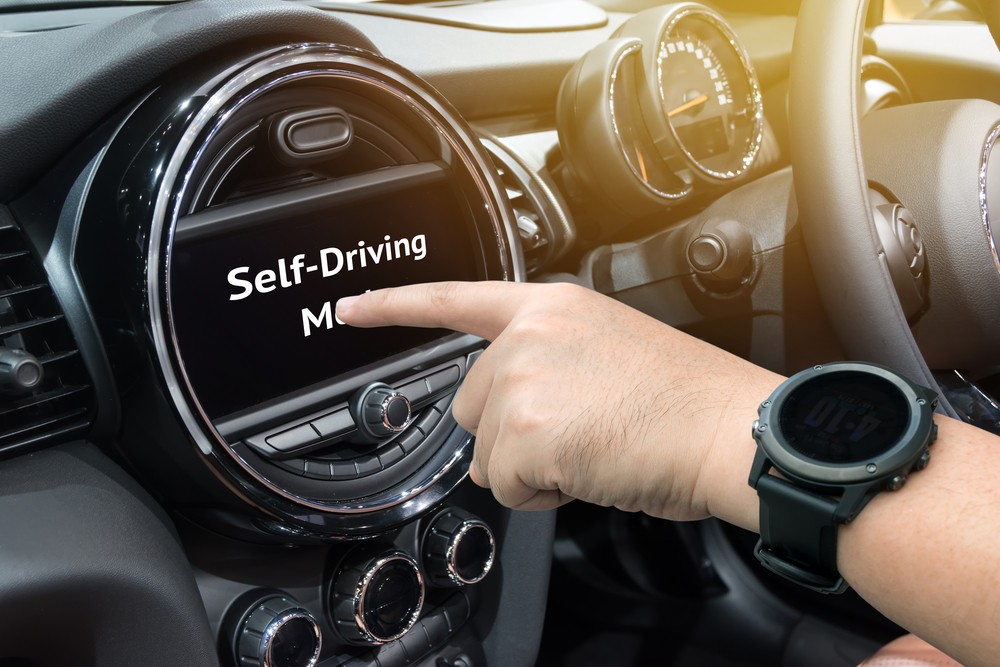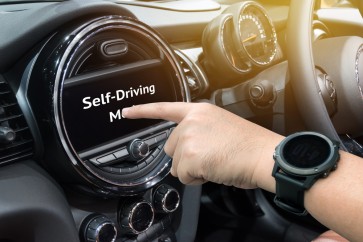Popular Reads
Top Results
Can't find what you're looking for?
View all search resultsPopular Reads
Top Results
Can't find what you're looking for?
View all search resultsSelf-driving cars and its (legal) future
Around the globe, people die every day due to careless driving, with around 90 percent of all accidents caused by human error and just a small percentage due to a technical fault related to the vehicle.
Change text size
Gift Premium Articles
to Anyone
S
elf-driving cars react in a split second: quicker than even the most attentive driver. Self-driving cars don’t get tired, they don’t lose concentration or become aggressive; they’re not bothered by everyday problems and thoughts; they don’t get hungry or develop headaches.
Self-driving cars don’t drink alcohol or drive under the influence of drugs. In short, human error, the number one cause of road traffic accidents, could be made a thing of the past in one fell swoop if manual driving were to be banned immediately.
Is that right? It would be, if there hadn’t recently been reports about two deaths, one during the test drive for a self-driving car (Uber) and one while a semiautonomous vehicle was driving on a motorway and using its lane assist system (Tesla), both of which regrettably occurred in the United States in March 2018. In Tesla’s case it seems that the semi-autonomous driving assistant was switched off at the moment of the accident.
Around the globe, people die every day due to careless driving, with around 90 percent of all accidents caused by human error and just a small percentage due to a technical fault related to the vehicle. Despite human error, we have not banned driving on these grounds. Two accidents with fatal consequences involving autonomous vehicles being test-driven have attracted the full glare of the media spotlight, and call into question the technical development of a rapidly progressing industry.
For many, the thought that fully autonomous vehicles (a self-driving car without a driver) might exist in the future is rather unsettling. The two recent deaths in the USA resulting from (semi-) autonomous cars have, rather, may cause fear for others.
From a legal perspective, it makes no difference whatsoever for the injured party whether the accident was caused by a careless human or technology that was functioning inadequately. The reason for the line drawn between the two, despite this fact, is probably that every human error represents a separate accident, whereas the failure or malfunction of technology cannot be seen as a one-off: rather, understandably and probably correctly, it is viewed as a system error or series error caused by a certain technology available at a particular point in time.
From a legal angle, a technical defect generally also represents a design defect that affects the entire run of a particular vehicle range. Deaths caused by software malfunctions cause people to quickly lose trust in other vehicles equipped with the same faulty software. Conversely, if a drunk driver injures or kills another road user, it is not assumed that the majority of other drivers (or all of them) could potentially cause accidents due to the influence of alcohol.


















